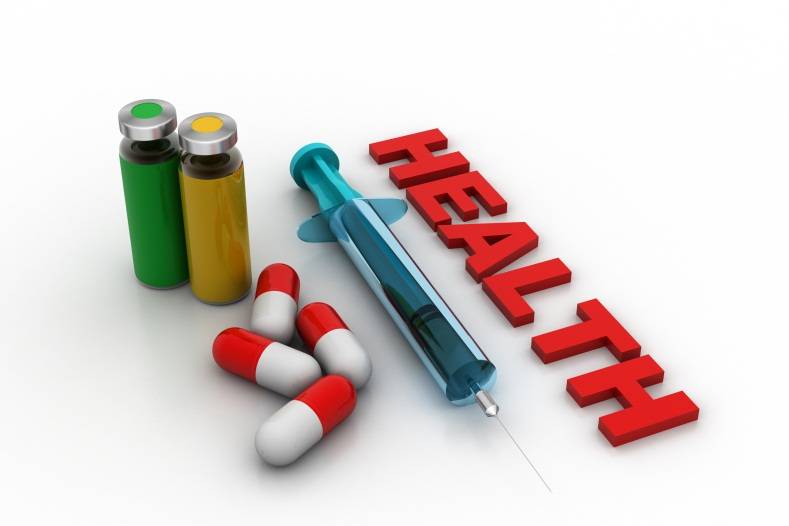For the undiscerning, biosimilars in pharmaceuticals may sound like pharmaceutical generics, but they are different. The major difference is that biosimilars are manufactured, extracted and purified from living cells while generics are produced purely from chemical synthesis reactions. Biosimilars are also larger in size than generic drug molecules and are extremely complex compared to generics. The Food and Drugs Administration’s (FDA) criteria for a product to be termed as a biosimilar is that it should be highly similar to a licensed reference biological product while showing the same clinical result as the drug/molecule it is modeled on. Due to the complexity of biosimilar manufacturing, safety aspects require higher standards along with continuous updating of protocols.

The major concern with biosimilars with respect to pharmacovigilance is immunogenicity, which is the ability of a particle/molecule to provoke an immune response from the body. Since biosimilars belong to the biologic category that includes proteins, it may persist and show adverse effects in the patient’s body even after the clinical trials end. Thus getting an approval for a biosimilar is important but monitoring biosimilars after getting approval are equally if not more important due to their complex nature.
Some of the recent developments in the field of biologics propound the following measures as solutions/improvements to biosimilar pharmacovigilance:
- Bar-coding of biosimilars to enable traceability
- A customized risk management plan (RMP) that can be updated regularly
- Post-approval (PV) phase and post-trial phase to be given more attention
- Addressing immunogenicity concerns in the post-approval phase
- Regulatory guidelines to evolve as per industry’s innovation
Bar-coding
This procedure can be of immense help in addressing basic traceability problems of the biosimilars used in trials. The FDA plans on giving nonproprietary names to each biosimilar product for identification, although it is not necessary for investigator/physicians to report the same name and they can use its reference brand name.
Customized RMP
The varying nature of biosimilars has forced companies to adopt RMPs that are flexible and can be adapted to mitigate situations as and when they arise. The RMP will have all the basic features of assessing risks, monitoring and communicating risks, reviewing risks. For an RMP addressing biosimilars, additional measures to detect and solve unknown safety issues becomes one of the priorities.
Post-approval phase attention
Due to the biological nature of biosimilars, they may persist in the body long after trials conclude or the side-effects of such products may be expressed post, the trial period. Hence there needs to be greater attention to monitoring safety issues arising after trial phase along with those arising during the trial phase.
Immunogenicity concerns
All biosimilars have the potential in causing some adverse reaction or provoking immune responses from the patients. It is further aggravated when the patient is already undergoing another simultaneous strenuous treatment regimen. Since regulatory approvals for biosimilars require a small number of clinical trials, long-term studies are required to establish a complete immunogenicity profile of a biosimilar
Regulatory guidelines to evolve
With rapid innovation by companies in using different living cells (bacteria, fungi, etc) to produce biosimilars, regulators need to constantly update themselves in order to meet the safety challenges that arise.



